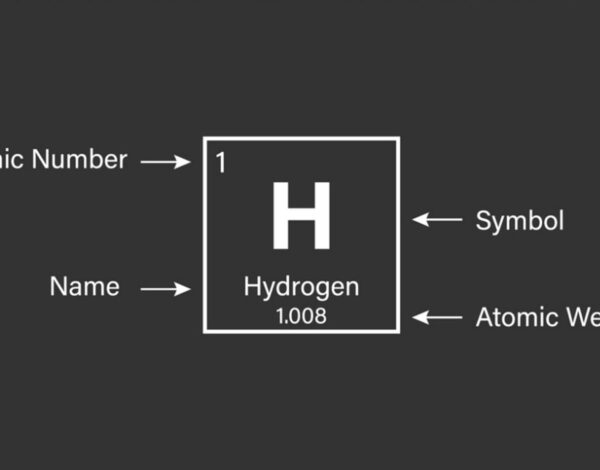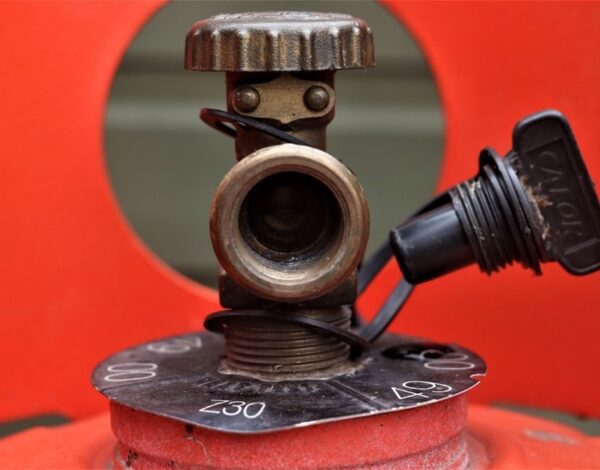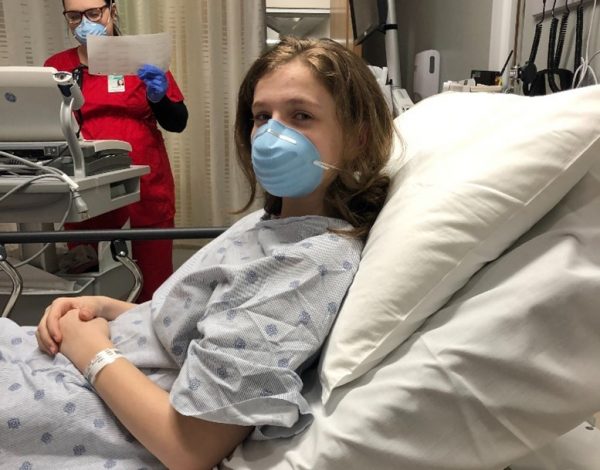

How Often Should Gas Pressure Regulators Be Tested and Replaced?
Pressure regulators are essential accessories for safe usage of gas cylinders. Monitoring pressure in high pressure gas cylinders ensures that pressure and flow are neither too strong, nor too weak to perform their necessary functions safely. Routine tests and replacements will increase safety while decreasing downtime and application failures.
How often should regulators be tested?
Different types of regulators require detailed testing routines as they experience wear and tear. First, identify the type of regulator before servicing.
– Noncorrosive: A function and leak test must be performed prior to initial use of the regulator. Thereafter, schedule leak checks once per month for the first two years. As the noncorrosive regulator ages, bump up leak inspections to twice per month for the remaining two to five years.
– Mildly corrosive: A function and leak test must be performed prior to initial use, as well as an inert gas purge at each time of shutdown for the lifetime of the regulator. Continue function and leak tests twice per month. Doing so will prevent moisture from corroding the interior of the regulator.
– Corrosive: Corrosive regulators are higher maintenance to avoid hazardous conditions. Like noncorrosive and mildly corrosive regulators, these regulators require a function and leak test prior to initial use. Expect to perform an inert gas purge at each startup and shutdown for the lifetime of the regulator.
How often should regulators be replaced?
Generally, regulators should be replaced every five years. Each regulator is typically stamped by the manufacturer with its date of production. Always trust that regulators are expired five years after the production date to ensure that they are functioning properly, otherwise their ability to control pressure will decrease in efficiency and overall performance.
Even if the regulator appears to be in working order from an external perspective, the internal construction of rubber and springs will atrophy over time, disrupting the regulator’s ability to control pressure.
Other Notes on Safety
Only use regulators for the specific gases in which they were designed, avoiding dangerous cross contamination and introducing impurities to the cylinder. Different gases require specific PSI (pound-force per square inch) and appropriate regulators are manufactured to perform these intended ratings.
For safe pressure control from point of use to the system of application, always replace regulators on a routine basis, perform function and leak tests, and necessary inert gas purges. Routine regulator maintenance should be performed and recorded by an authorized individual who is trained to do the inspection.
If you have any questions about your high pressure cylinder regulators such as which regulators should be used with which gases, or how often they should be tested and replaced, don’t hesitate to contact your local Rocky Mountain Air branch today in any one of our five states (Colorado, Utah, Idaho, Wyoming, Nebraska). We look forward to serving you with flawless dependability to ensure you are using your cylinders and regulators safely.



